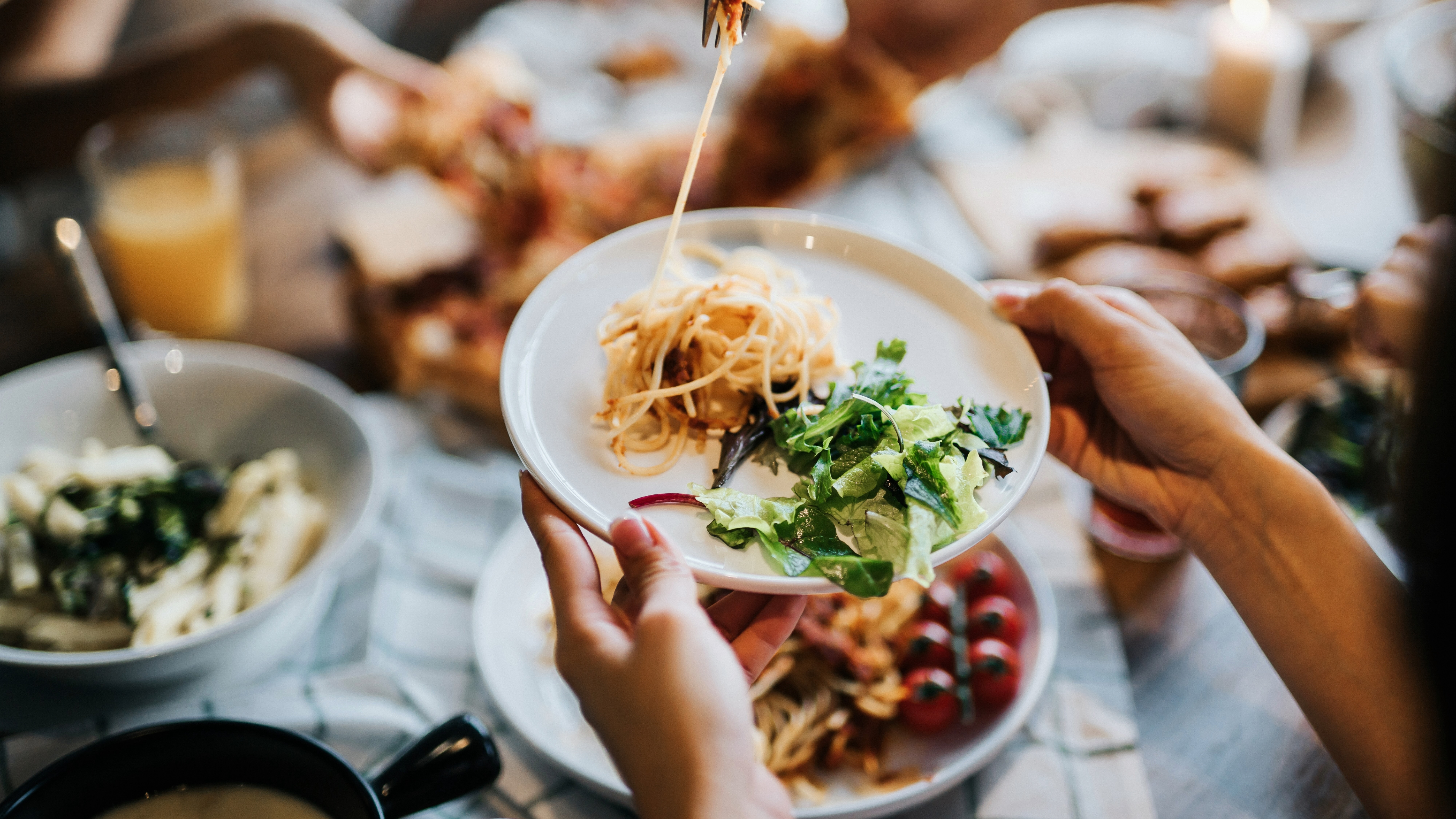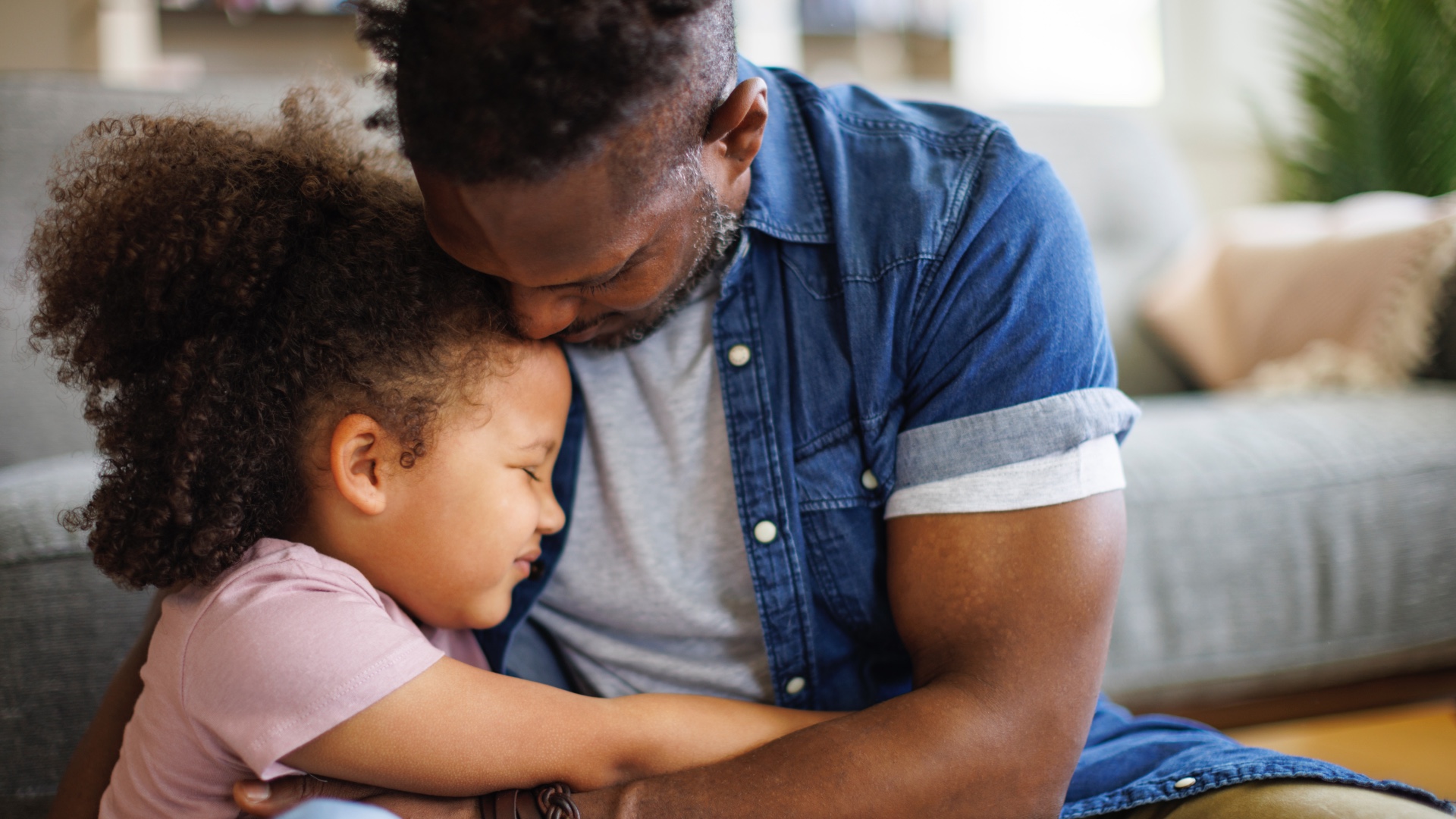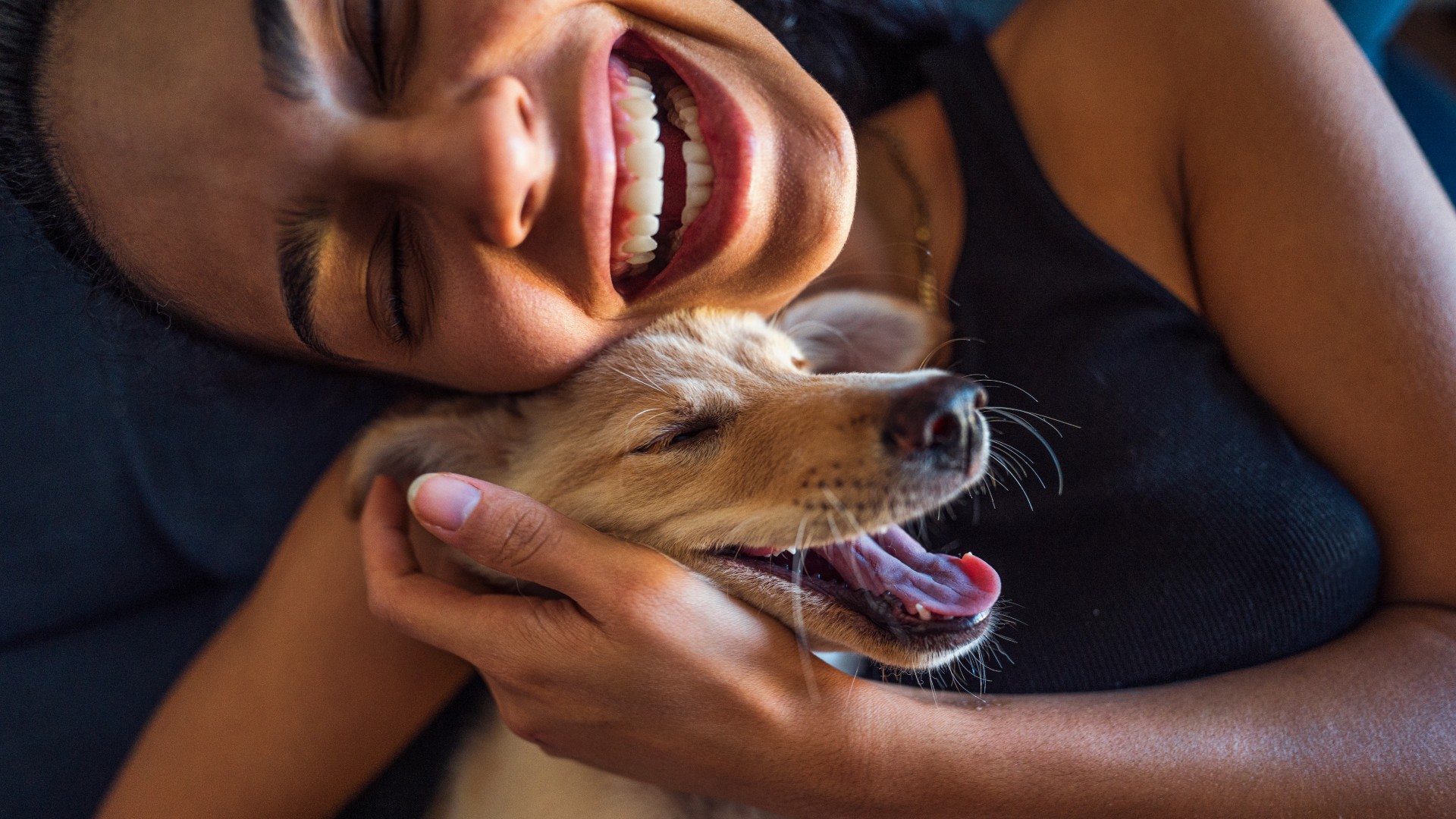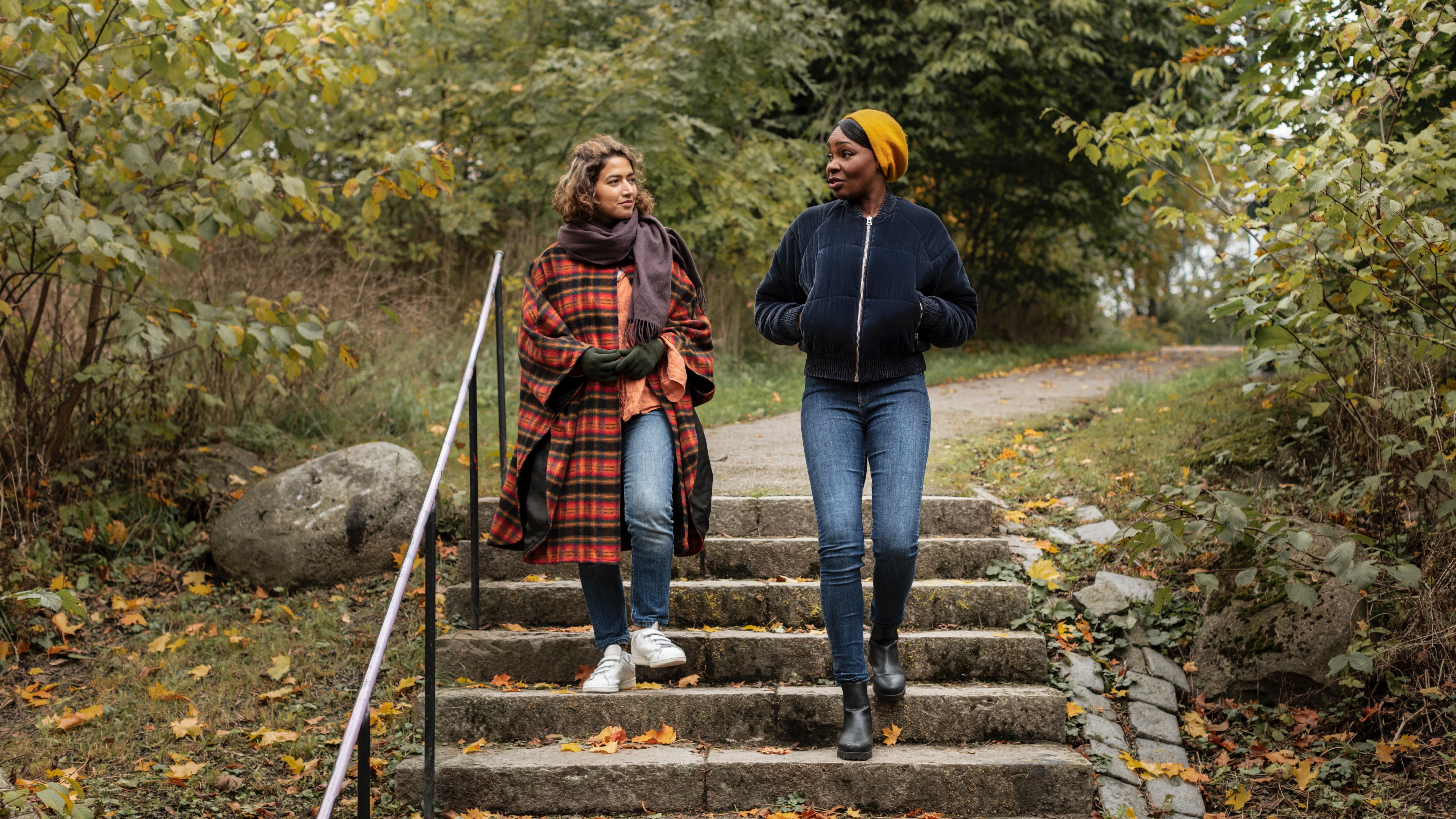32 tips for coping with the death of a pet
These tips for coping with the death of a pet will help you navigate your grief and begin to heal.

Grief is a strong, and at times, overwhelming emotion that can leave you feeling isolated and alone. These tips for coping with the death of a pet have been put together to help make the grief process feel a little less daunting and to reassure you that what you are feeling right now is natural and normal.
There are so many things nobody tells you when your pet dies, like the fact that for many of us, the death of an animal can hurt more than the death of a human thanks to the unconditional love our pets offer us. Their death leaves a huge void in our lives and our grief may cause us to feel temporarily untethered, insecure, and unsafe.
After more than a decade working in end-of-life care, I have learned so much about death, loss, and grief, and I hope that sharing some of this with you, will not only support you as you navigate your own emotions but also help you feel less alone.
1. Acknowledge your grief

We live in a society that does a poor job of acknowledging grief, which is why it’s so important that you acknowledge not only that you’re grieving but that you have a right to grieve. Understanding the immense grief we can feel when a beloved pet dies is not something our culture does well, but your grief is real, valid, and deserves to be recognized.
2. Give yourself permission to feel it

Because many of us live in Western countries that deny and suppress grief, we often feel we have no choice but to push our grief down and ‘get on with it’. This societal narrative is incredibly unhealthy and damaging and can create further issues down the line when our grief, asking to be witnessed, returns once more. Try as you might, you cannot bypass your grief, so give yourself permission to feel and process your emotions.
3. Speak to someone you trust

Connecting with a trusted friend, partner or other family member who you feel safe to open up to and share with can be a wonderful thing to do when you’re grieving. When we’re feeling low, many of us choose to isolate ourselves, especially if we feel others won’t understand what it is we’re going through. If you have a friend in your life who’s compassionate and a good listener, don’t be afraid to ask for support.
4. Look for a support group

If speaking to someone you know feels too much or you feel that there’s nobody around you who understands how it feels to grieve a pet, you may find that joining an in-person or online support group can be both helpful and healing. Talking to others who are going through what you’re going through or have been where you are can make you feel less isolated and alone in your grief. The Association for Pet Loss and Bereavement will be only too happy to connect you with a support group in your area. Lap of Love, a veterinary hospice with a wonderful reputation, also offers online group support sessions several times a week.
Get the best advice, tips and top tech for your beloved Pets
5. Don't be afraid to seek professional help

Some of us aren’t huge fans of group support or discussing how we feel with friends and family and find it easier talking to a stranger. If this feels like a more comfortable way for you to process your grief and your budget allows for it, I highly recommend speaking to a professional therapist. The Association for Pet Loss and Bereavement has an extensive directory of qualified and registered therapists who specialize in this area with in-person, phone and Zoom sessions all available.
6. Understand that grief is not linear

There’s a misconception in society that grief is a linear process. The dominant narrative is that we grieve for a certain amount of time before popping out the other side and moving on, but this is simply not true. It can be helpful to think of grief as coming in waves. In the early days of bereavement, those waves of grief tend to be big and hit very close together, but gradually, over time, the waves get less intense and further apart. We know healing is happening when we get to a point where those waves either no longer knock us off our feet or they cause us to lose our balance for just a short time. As the days, weeks, months, and years go by, what most of us find is that we do not ‘move on’ as society tells us we should but instead we ‘move forward’, our love and grief becoming a part of the beautiful story that is our life.
7. There is no right or wrong way to grieve

Yes, there are some things that are more nurturing and supportive than others but there is no right or wrong way to grieve. When in pain, we all do the best we can to keep living — sometimes that’s weeks spent sitting on the couch binge-watching our favorite comforting TV show in our pjs for others that’s running miles on end for days at a time.
There is no correct way to respond to the death of someone (human or pet) who we love. Some of us cry openly, some of us distract ourselves, some of us get angry and some of us do all of those things. Grief varies in duration and intensity, it may arrive immediately after the loss or months or years later. All of these are normal. You are normal. How you choose to grief is in no way a reflection of how much you loved your pet.
8. It's natural and normal to feel this way

Whether you’re crying openly and talking about your loss or keeping busy and grieving in private, what you’re feeling is natural. Grief can feel like a rollercoaster with many ups and downs but wherever you are and whatever you’re feeling, know that it’s normal. However, if you feel that your grief is getting in the way of you sleeping, eating, or being able to function, please speak with your family doctor or primary care physician.
9. Don't let anyone tell you how to feel

Most people mean well, but phrases such as ‘move on’, ‘get over it’, ‘it was only a cat’, or ‘just get a new dog’ are not only unhelpful, they can be really damaging and leave you feeling unseen, unheard and misunderstood. Not everyone has experienced a deep bond with a pet or the death of one, so their ignorance of grief may lead them to make dismissive comments. For many of us, the death of a pet can hurt just as much (if not more) than the death of a human thanks to the unconditional love animals offer us. Not everyone in your life will be able to relate to or understand your grief, but it remains 100% valid.
10. Rituals can be very healing

Rituals can be an incredibly helpful and healing part of the grief journey and there are lots of ways you include rituals that honor your pet in your life. You might like to create a sacred space in your home where you go to think about your pet, you might write to them or create a poem or other piece of art, or create a memory box with photos, their collar, and their favorite toys.
You can even have a portion of your pet’s ashes incorporated into a necklace, ring, bracelet, or suncatcher. Rituals can help to provide a sense of control within the unpredictability of grief and can help you to stay connected to your pet.
11. Consider creating a memorial

A memorial is something that serves as a focus for the memory of your pet and depending on the type of memorial it can also be a place you go to think about your pet. You may like to place a plaque in a particular location, plant a tree, create a garden for them, or make a donation in their memory.
12. Try to stick to a routine

One thing that may feel difficult in the early days of grief is the change to your daily routine. All pets need feeding, others also need grooming, petting, playtime, and walking. Whether your pet was a dog, cat, bird, fish, or something else entirely, you were used to having them be a big part of your life.
While some things will change, try to stick to your daily routine (making your bed, shopping, cooking, exercising, going to bed at a regular time, etc) as much as possible as having structure and predictability in your life can help you navigate your grief.
13. Exercise

Exercising won’t make your grief go away but it can be a useful tool in helping you to manage it. Physical activity releases endorphins and these can help to give our mood a boost and lower our levels of stress and anxiety. Exercise can also help you to sleep better and improve the quality of your sleep. However, it’s important not to overdo it or let exercise become obsessive. A gentle walk, yoga, gardening, or swimming can all be wonderfully therapeutic.
14. Tend to your emotional wellbeing

Grief can be exhausting and it’s easy to become emotionally depleted. While finding the energy to take care of yourself can be incredibly difficult, try to nurture your emotional wellbeing as much as you can.
Calm and quiet activities like meditation and journaling can be a wonderful way of allowing your body and mind to process all that it’s feeling. You may also find meditative activities like coloring in (there are some wonderful adult coloring in books around these days) or doing a puzzle to be really helpful.
15. Stay connected with others

After the death of someone we love, whether human or pet, it’s normal to want to stay in and not see anyone. While it’s natural (and very tempting) to want to isolate yourself, try to stay connected with others. Building a support network is an important step in the grieving process — we all need other people whether it’s compassionate family, kind friends, or strangers who have been through what we’re going through.
16. Find new ways to bring meaning and purpose into your life

For many of us, our pets are a huge part of what gives our lives meaning and purpose. When they die, it can leave us feeling untethered and unsure of how to move forward. Allowing for new interests, activities, and experiences can help bring a new sense of meaning and purpose into your life and assist you in finding a new direction.
17. Ignore unhelpful myths about grief

There are so many societal myths about grief and they’ve been around for so long that you can be fooled into believing they’re true. Myths like women grieve more than men, if you don’t cry you’re not really grieving, grief is a sign of weakness, everyone grieves in stages, the first year is the hardest, time heals all, grief has an endpoint, children don’t grieve and people who are grieving just need to get over it are all damaging and not true.
18. If you’re a parent, let your children be involved

We often try to shield children from grief, but letting them be a part of the experience in an age-appropriate way is really important. This helps to teach them that death and grief are natural and normal parts of life and not something to be hidden or feared. When a pet dies, this is often a child’s first experience of death — they may feel they’ve lost their best friend and the way they cope with this loss will shape the way they cope with future losses in their lives.
The age of the child will determine how much detail you provide them with, but when supporting them, make sure you’re honest about the circumstances (for example, don’t pretend that their dog has gone to a special farm to grow old), avoid euphemisms (such as, they’re in the sky or they’ve gone to sleep) as children don’t understand these, don’t minimize or underestimate their feelings, and try to include them in decision making wherever possible (for example, where you will bury your pet or scatter their ashes).
19. There are different stages of grief

You may or may not be familiar with the five stages of grief model that was developed by the Swiss-American psychiatrist Elisabeth Kübler-Ross. Developed as a way to describe how terminally ill people may be feeling as they face their own death, it was soon adapted and applied to grief in a more general sense. Kübler-Ross proposed that there are five stages we tend to move through when we’re grieving — denial, anger, bargaining, depression, and acceptance.
She made it clear that these stages are non-linear and that people may experience them at different times, in different orders, and miss out on some stages completely. However, it’s useful to be aware of these stages as they may help to normalize the grief process and make you feel less alone.
20. Seek out helpful resources

In addition to support groups and therapists, there are a range of other helpful resources that can be worth exploring if you feel these would be of benefit to you. The Pet Compassion Careline offers 24/7 grief support and there are also a range of websites, books and podcasts that are specifically designed to help people navigate their way through grief and loss.
21. Spend time doing things you enjoy

When we’re grieving, it’s natural to lose interest in the things we previously enjoyed. However, spending time doing activities you’ve always loved can help to bring some structure, stability, and even joy into your days. Whether it’s gardening, walking, reading, cooking, or going to the theater, try to set aside some time each day to do something that uplifts you.
22. Wait until you are emotionally ready before getting a new pet

Everyone is different and grieving the death of a pet is a very personal experience, however, if you’re thinking of getting a new pet, it’s important to consider whether you’re emotionally ready for one.
Many of us rush this process to try to fill the void left by our old companion but letting your emotions settle and some time pass first, can be very helpful. That way, when you do get a new pet, you’ll be able to fully love, accept and cherish them for the unique being that they are.
23. Give art therapy a try

Art therapy can be a really helpful medium for processing grief. The goal is to use the creative process to express, explore, and resolve the feelings and emotions that are coming up for you following the death of your pet and to develop healthy coping strategies. Art therapy uses all sorts of different techniques that you can easily try at home, including making a collage, drawing, finger painting, coloring, sculpting, photography, and painting.
24. Let people know what you need

We humans are all afflicted with the same condition — we think people are mind readers. In reality, we all have different needs, different ways of coping, and different timelines for processing our feelings and emotions, which is why it’s important that we communicate openly and honestly with those who love us about what it is we need. If someone offers to come over for a cup of tea and a chat but what you’d find most helpful right now is a hot meal left on your doorstep, don’t be afraid to ask if they can do that instead.
If someone says they don’t want to intrude and will let you reach out when you’re ready but what you really need is a daily phone call, let them know that’s how they can best support you right now. Most people who love us want to be there, they just don’t always know how to do that unless we tell them.
25. Consider having a ceremony for your pet

For some people, having a ceremony for their pet where they can pay tribute to them and the relationship they shared (much like we would have a funeral for humans) can help with the grieving and healing process. You may like to do this alone or with family and if you do choose to do it, it’s completely up to you what the ceremony looks like. It could be at home if you’ve decided to bury your pet in your yard or at another location if you’ve decided to scatter them.
26. Eat well

Our diet can be the first thing that goes out the window when we’re grieving, and yet it’s one of the things that can help the most with supporting our bodies during a time where they’re using more energy than they normally would. Cooking healthy and nourishing meals (or calling on supportive friends and family to do this) means that your body has everything it needs to sustain you during this time.
27. Speak to your family doctor

While complicated grief or prolonged grief disorders are rare and do require intervention from a health care professional, even healthy grieving can disrupt our lives and make it harder to exercise, sleep, eat and work. If you find that your grief is having a detrimental impact on your day-to-day life and impairing your ability to function, please speak to your family doctor.
28. Try forest bathing

If you’re a nature lover, then you don’t need me to tell you how healing it can be to walk amongst the ferns and trees. Nature can provide us with a gentle, calm, and reassuring sanctuary as we feel and process our grief. The ancient art of Shinrin Yoku (the Japanese word for forest bathing) encourages you to observe nature while breathing deeply.
To get the most out of this soothing experience, switch off your phone, move through the forest slowly, take long deep breaths from your abdomen (when you exhale, make it twice as long as your inhale), and see if you can let your senses really absorb what you’re seeing and smelling.
29. Give journaling a go

If you’re someone who enjoys writing, why not try journaling? Getting your thoughts down on paper can help you make sense of your emotions and it’s an opportunity for you to be able to express how you feel in an uncensored and unjudged way. It can also help you to keep your memories of your pet safe by documenting them and unburdening your mind before bedtime can also improve the quality and quantity of your sleep.
30. Put on your favorite piece of music

Listening to music can be incredibly beneficial when you’re grieving. It provides a safe space for you to feel the emotions of your loss and encourages some of those bigger ones to come to the surface for release. It can also help to calm your body and mind, and connect you to different versions of yourself at different times in your life, and if you add in some gentle movement (such as swaying) it can also assist in regulating your nervous system.
31. Plan for grief triggers

For some of us, certain dates (like the day we first welcome our fur friend into our lives, the day they were born, and the day they died) can trigger strong waves of emotion. Identify what those dates might be for you and come up with a plan for how you’ll manage them. You may choose to celebrate your pet on those days through a particular memorial activity or in another way that’s meaningful for you.
32. Continue the bond

One of my favorite expressions is that death ends a life, not a relationship. If you used to share things with your pet (they’re such great listeners) consider continuing to do that — it’s incredibly normal for people to talk to their deceased pet or loved one and it can be very comforting to maintain that bond and feel that you still have a connection with someone that was such an important part of your life.
Read next: sign of grief in pets

Kathryn is a freelance writer who has been a member of the PetsRadar family since it launched in 2020. Highly experienced in her field, she's driven by a desire to provide pet parents with accurate, timely, and informative content that enables them to provide their fur friends with everything they need to thrive.
Kathryn works closely with vets and trainers to ensure all articles offer the most up-to-date information across a range of pet-related fields, from insights into health and behavior issues to tips on products and training.
When she’s not busy crafting the perfect sentence for her features, buying guides and news pieces, she can be found hanging out with her family (which includes one super sassy cat and a kitten), drinking copious amounts of Jasmine tea and reading all the books.
She has written for a range of publications, including Fit&Well, Top Ten Reviews, LiveScience, Goodto, and Product Hunt.
